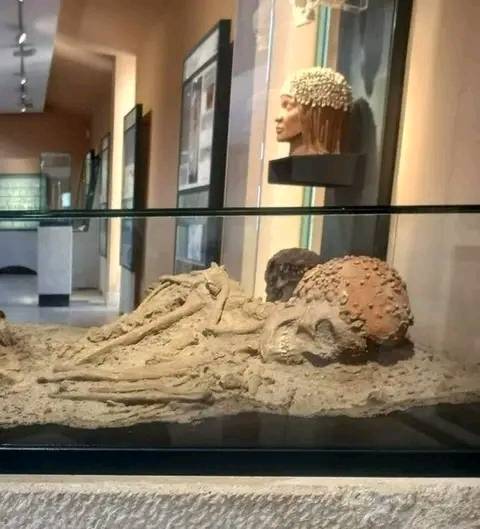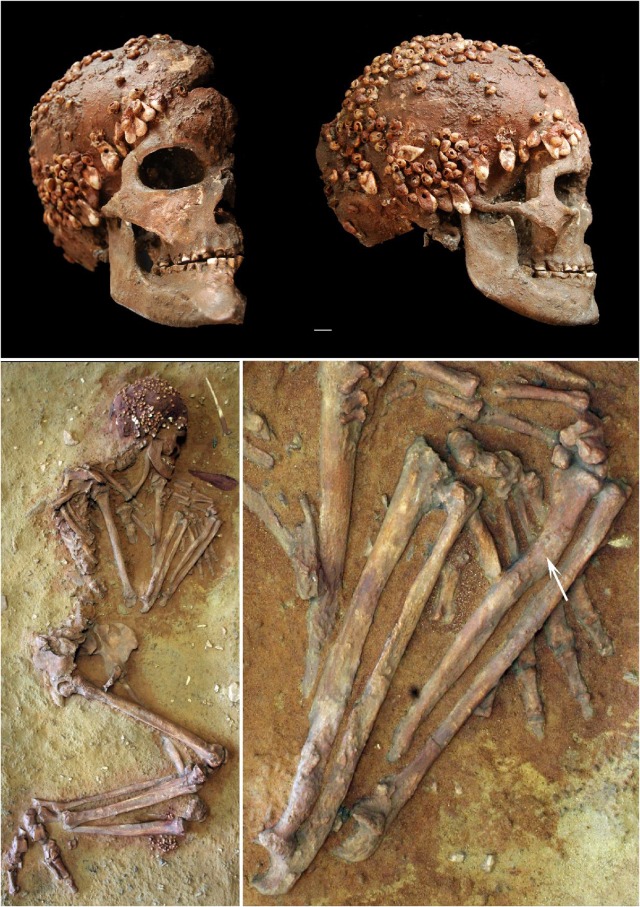Introduction:
The Balzi Rossi, or Grimaldi Caves, located at the border crossing between Italy and France, is one of the most significant Paleolithic archaeological sites in Europe. This complex of caves and rock shelters has been the subject of extensive excavations since the mid-19th century, yielding a wealth of paleontological and archaeological finds that have shed light on the lives and cultures of our prehistoric ancestors. From the remains of Neanderthal and Cro-Magnon peoples to the stunning Venus figurines and cave art, the Balzi Rossi has captivated the interest of scholars and the public alike.

The Discovery and Early Excavations
The Balzi Rossi complex was first brought to the attention of the scientific community in the 1840s when Prince Florestano of Monaco began excavating the Grotta di Florestano. However, it was not until the 1870s, with the construction of the railway between Genoa and Marseille, that more systematic excavations began.
The French doctor Emile Rivière was the first to conduct extensive digs in the area, starting in 1871. Despite some initial disputes with the Italian authorities over the ownership of the caves, Rivière was able to uncover a number of important burials, including the “Lady of Caviglione,” a remarkably well-preserved Gravettian-era woman who was interred with an array of ornaments and grave goods.
Rivière’s excavations were followed by those of other notable figures, such as Prince Albert I of Monaco, who established the Musée d’Anthropologie Préhistorique in the Principality to house the finds from the Balzi Rossi. The discoveries made during this period included the remarkable triple burial in the Barma Grande cave, as well as the famous Venus figurines that would later captivate the archaeological world.

The Venus Figurines and the Jullien Collection
One of the most significant and intriguing finds from the Balzi Rossi are the Venus figurines, small statuettes of nude female figures dating back to the Gravettian period (around 24,000 years ago). The first two of these were discovered in 1883 by Louis-Alexandre Jullien, a merchant from Marseille, working in collaboration with local enthusiast Stanislas Bonfils.
The discovery of these figurines, which were unlike anything previously known from the Paleolithic, caused a sensation in the scientific community. Jullien, fearing that his finds would not be taken seriously, initially tried to conceal them. Eventually, however, the existence of the Balzi Rossi Venus figurines became known, and they were acquired by scholars such as Edouard Piette and the Musée des Antiquités Nationales in Saint-Germain-en-Laye.
Jullien’s excavations also yielded a remarkable collection of over 15 Venus figurines, which he attempted to sell to various institutions. After Jullien’s death, the statuettes were lost for decades until they were rediscovered in the 1980s and 1990s, eventually being reunited and exhibited as the “Mothers of Time” collection.

The Significance of the Balzi Rossi Finds
The Balzi Rossi complex has yielded an extraordinary array of Paleolithic remains, providing invaluable insights into the lives, cultures, and artistic expressions of our prehistoric ancestors. The burials, with their elaborate grave goods and evidence of complex funerary rituals, offer a glimpse into the spiritual and social worlds of Neanderthal and early modern human societies.
The Venus figurines, in particular, have become icons of Paleolithic art, reflecting the artistic and symbolic sophistication of these ancient peoples. The cave art discovered at the site, such as the small horse engraving in the Grotta del Caviglione, further demonstrates the artistic abilities and keen observation of the Paleolithic inhabitants.
Beyond the artistic and cultural significance, the Balzi Rossi has also contributed greatly to our understanding of human evolution and the transition from Neanderthal to modern human populations. The site’s rich stratigraphic sequence, spanning the Middle Paleolithic to the Epipaleolithic, has provided invaluable data for researchers studying this critical period in our history.
Conclusion
The Balzi Rossi, or Grimaldi Caves, stand as a testament to the ingenuity, creativity, and resilience of our prehistoric ancestors. The wealth of archaeological and paleontological finds from this remarkable site has captivated scholars and the public alike, offering a window into the lives and cultures of the first modern humans in Europe. As excavations and research continue, the Balzi Rossi will undoubtedly continue to yield new insights and uncover the mysteries of our distant past.

